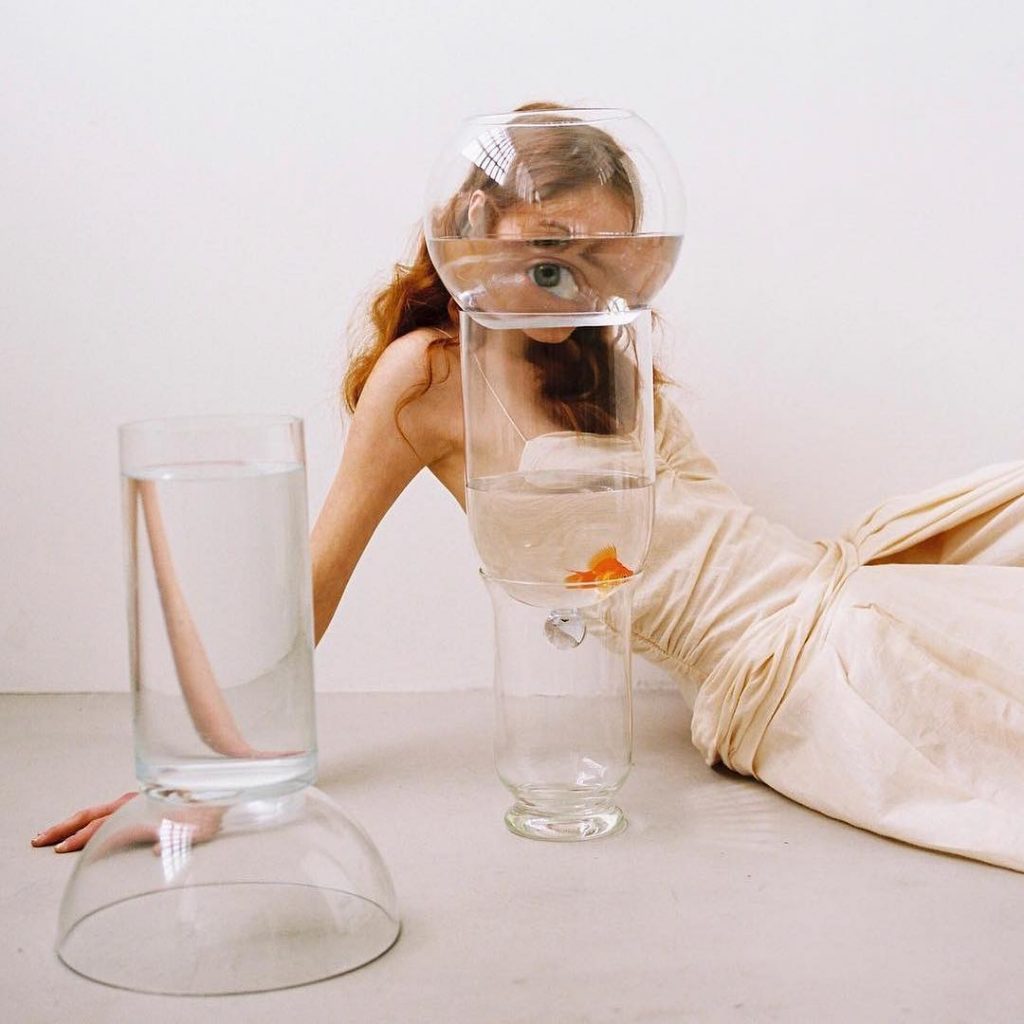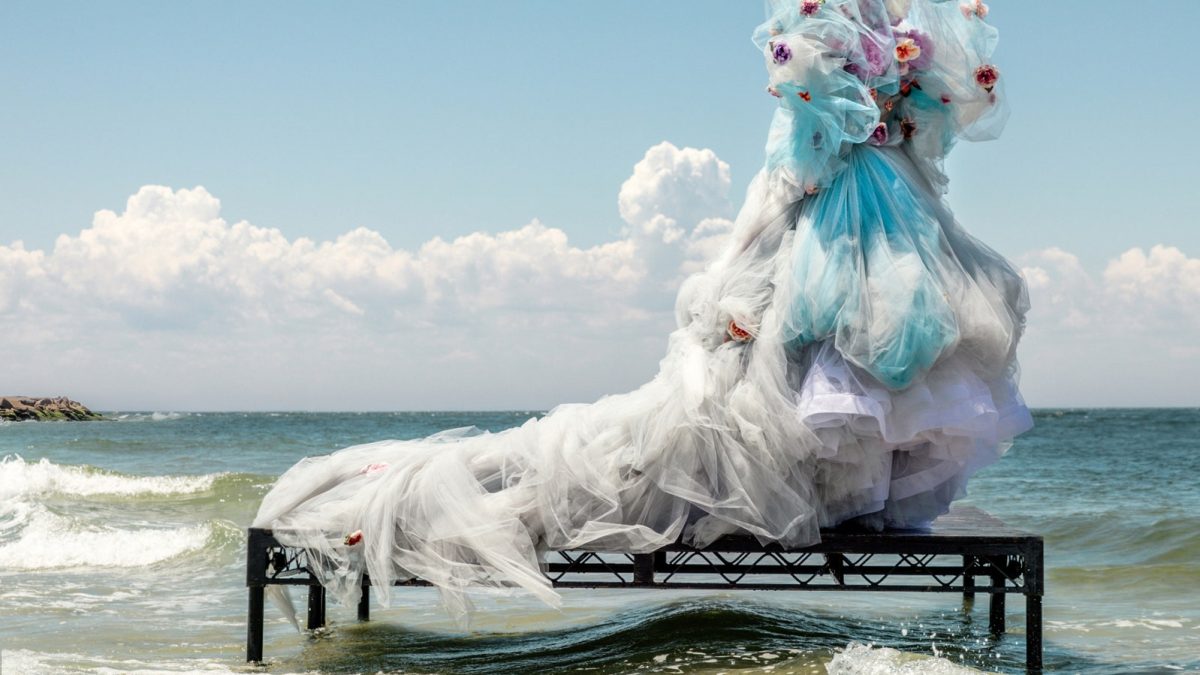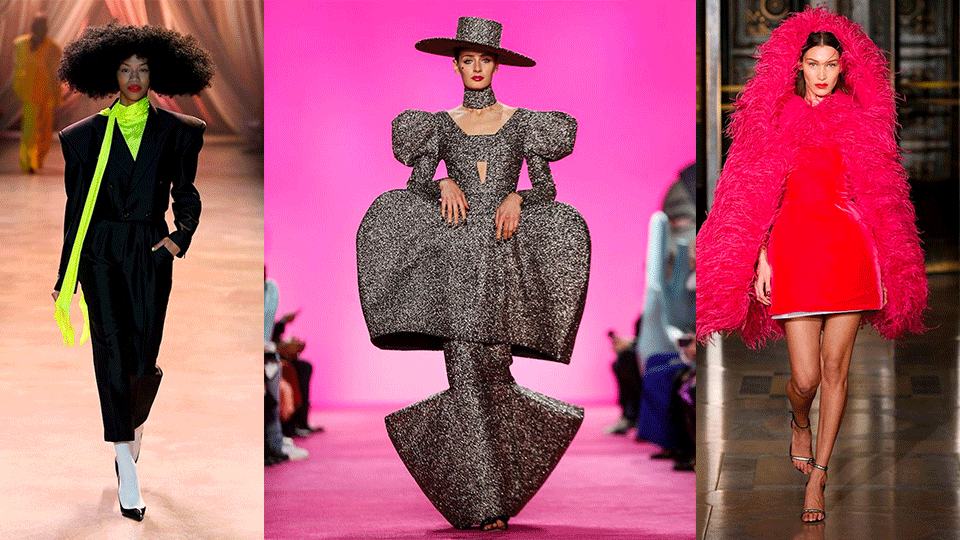- À New Wave to Fashion, À New Way of Living. Download Now on iOS Android Canada SS22
- hello@alahausse.ca
Microfiber Pollution: How Washing our Clothes is Polluting the Ocean

Sustainable Fashion: Eco-Friendly Fabrics To Take Into the Spring and Summer
April 16, 2021
DIY Mending: Fashion Sustainability is in Your Hands
April 23, 2021
Written by: Samantha Mastantuono, Edited by Sheila Lau
When we think about ocean pollution, we often imagine shores filled with plastic water bottles, bags, fishing nets, and various other forms of plastic waste. But did you know that some of our clothes also shed tiny fibers of plastic that make their way into the ocean? This is known as microfiber pollution. With each wash, microfibers make their way into our oceans, lakes, and rivers.
Across the globe, over 60 percent of the materials that make our clothing are synthetic materials. Anything made from nylon, polyester, acrylic, or spandex are considered synthetic garments. Polyester is especially heavily used in the fast fashion industry because it is cheap and accessible. It allows for a wide variety of styles to be created because of the flexible nature of the material. This can include activewear, swimwear, jackets, undergarments, and a lot of other clothing items we wear daily.

Unfortunately, these same flexible synthetic materials release non-biodegradable, plastic microfibers into our water systems and oceans. When we wash our clothes, synthetic microplastics – about 5mm in length or less – are shed from the fabric and make their way through our water and sewage systems. However, our current systems usually do not have the technology in place to catch microfibers. And so, millions of microfibers remain in treated wastewater and are released into our rivers and oceans.
The Microfiber Threat to the Environment
Once microfibers reach the waterways, they can contaminate even the deepest parts of the ocean. In fact, researchers from the United Kingdom found that 73% of the deep sea fish they sampled in the Northwest Atlantic contained microplastics within their digestive tracts. This is alarming, because microfibers can be toxic for marine life, causing gastrointestinal infections and reproductive issues. But the harm of microfibers doesn’t stop there. They move up the marine life food chain, accumulating in toxicity, and eventually enter our own bodies through the food we eat.
Unfortunately, microplastics don’t just live in the ocean. They are present in our air, in our soil, and across our various habitats. Simply wearing these synthetic materials can spread microplastics across the environment. As mentioned earlier, these plastics are non-biodegradable, meaning if they were to degrade at some point, it would take hundreds of years to completely biodegrade.
What’s Being Done About The Microfiber Problem?
The public is placing pressure on fashion brands to make changes in their raw materials and production practices. It is no secret that the textile industry is largely to blame for the microfiber pollution, making it largely up to them to fix the problem. Very few fashion brands have completed studies on how much microfiber their products release in the wash. Even fewer have made changes to reduce or eliminate the pollution caused by their materials.
However, some clothing brands like Patagonia and Girlfriend Collective are trying to educate their consumers about microfiber pollution. They are taking steps to move towards more sustainable practices, and are remaining transparent about their practices. Pressure is also being placed on washing machine companies to invest in microfiber filter technology that will stop microplastics from entering the water systems.

At-Home Solutions for YOU to Try
While the responsibility should not be solely placed on consumers, there are some things you can do within your own home to help. We at ÀLA.HAUSSE recommend the following solutions to help reduce microfiber pollution caused by our clothing:

Microfiber Filters
At-home microfiber filters are devices that you can attach to your washing machine to capture microfibers before they get into the water systems and pollute the ocean. Girlfriend Collective sells microfiber filters that are affordable and can be easily installed on washing machines you already have. Even though their clothing is more sustainable than most other brands, the fashion brand acknowledges that some of their pieces aren’t perfectly sustainable yet. We love when brands are transparent about their products, and it is even better when they provide solutions!
Washing Bags
Washing bags are another way to reduce the amount of microfibers that enter our water systems. The bags trap microfiber during the wash which can then be easily thrown away once the laundry cycle is complete. Guppyfriend is a popular brand known for their washing bags. Their product reduces the number of fibers that are shed in our wash and stops these fibers from reaching the water.
Wash Less
Reducing the amount we wash our clothes is not only good for limiting microfiber pollution, but also saves us water and energy. Only wash your clothing when it is absolutely necessary. If there is a small spot of dirt on a pair of your leggings, try spot cleaning with a rag, rather than putting it through a full wash cycle.
Be Smart with Your Purchases
Many fast fashion materials are made up of synthetic materials because it is cheaper to produce. Avoid purchasing clothes made from synthetic fabrics where possible, and if you are looking for that one trendy piece that can’t be found in slow fashion, check the secondhand marketplace!
Online resale stores like ÀLA.HAUSSE can provide you with a wide range of fashion options, while also helping to reduce the number of new fast fashion items produced. In order to improve the fashion industry’s impact on climate change, we need to alter the ways in which we consume. Changing the entire production and manufacturing system is needed, but is not going to happen overnight. Instead, shifting our consumption habits and shopping secondhand is an easy way to take control of our impact on the environment.
To learn more about textiles and their impact on the environment, check out our blogs at ÀLA.HAUSSE where we discuss the environmental impact of cotton and wool, as well as give you a taste of recent sustainable innovations in fashion.
We at ÀLA.HAUSSE are committed to providing fashion lovers with a multifunctional ecosystem in which they can practice more sustainable consumption habits. Via ÀLA.HAUSSE‘s Multi-functional and Multi-purposeful Fashion Ecosystem- BUY/SELL/RENT/LEND/ (swap BETA 2021) mobile application, INDIVIDUALS & brands ( BETA 2021) are encouraged to REBUY, RESELL, REUSE and UP-CYCLE their personal “Clossets” aka Clothing Assets, along with overstock inventory and samples. Through this consumerism habit shift we indirectly slow down the urgency on fashion’s carbon footprint, aiding sustainability as a whole.
BETA Early Access Application Now Open for CA Fashion Lovers: Apply Now for LAST CALL
#ALAHAUSSE #WEARYOURPURPOSE #HAUSSEPEOPLE









